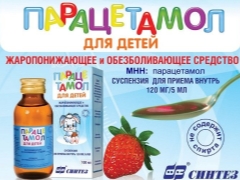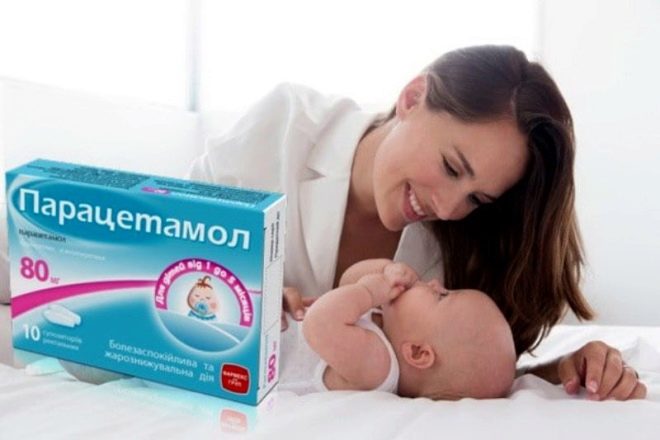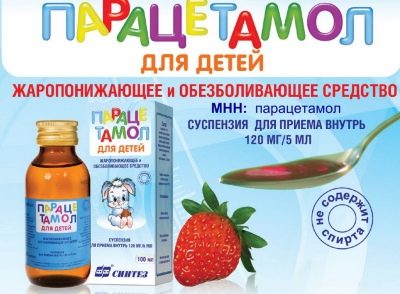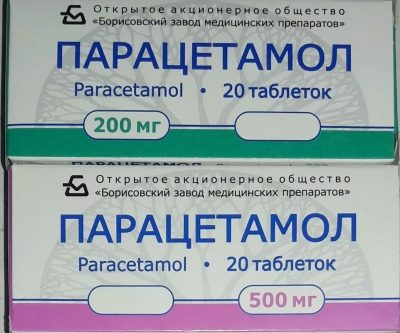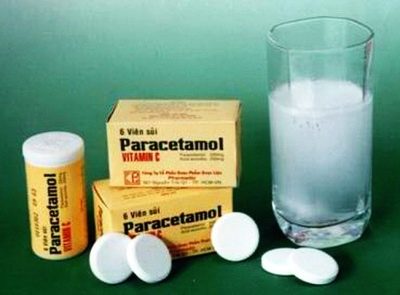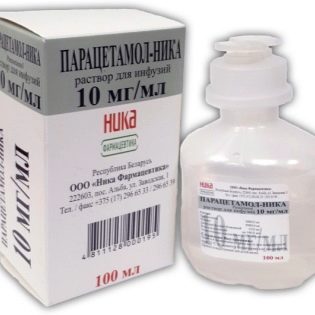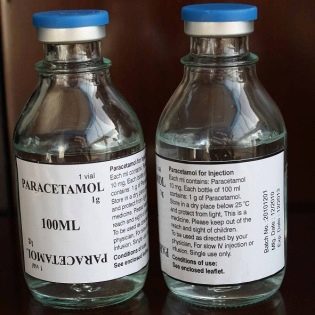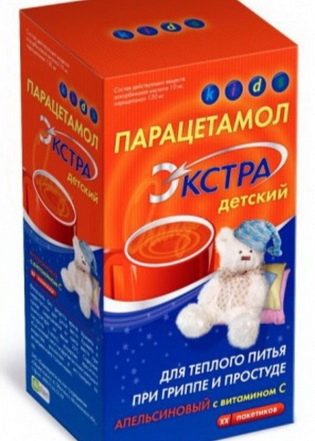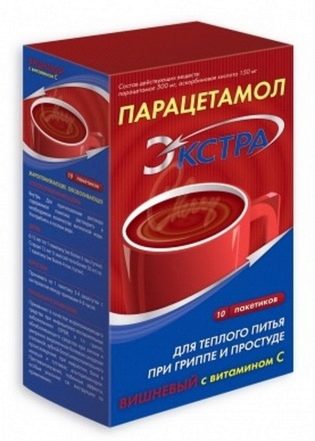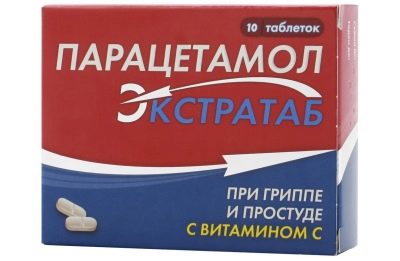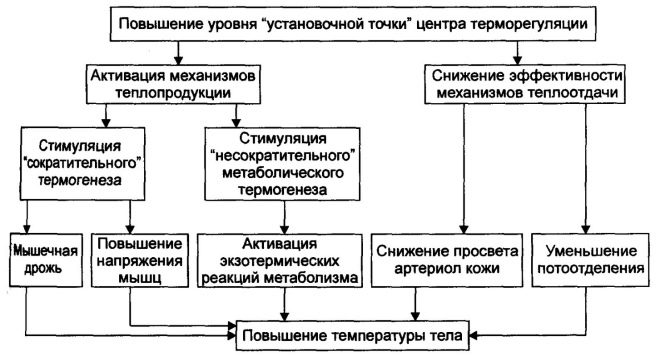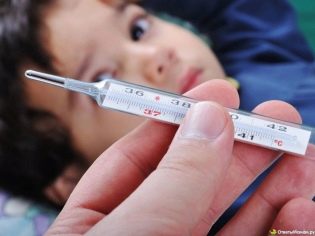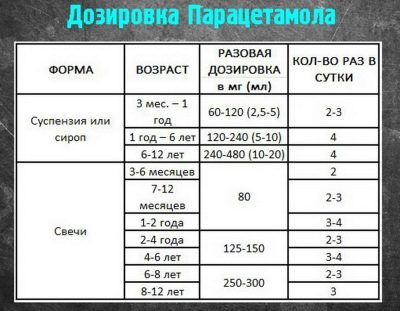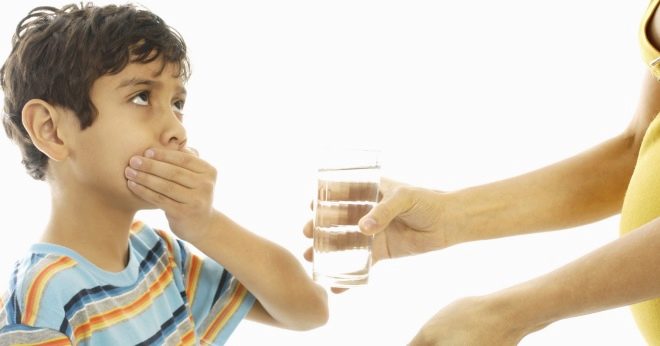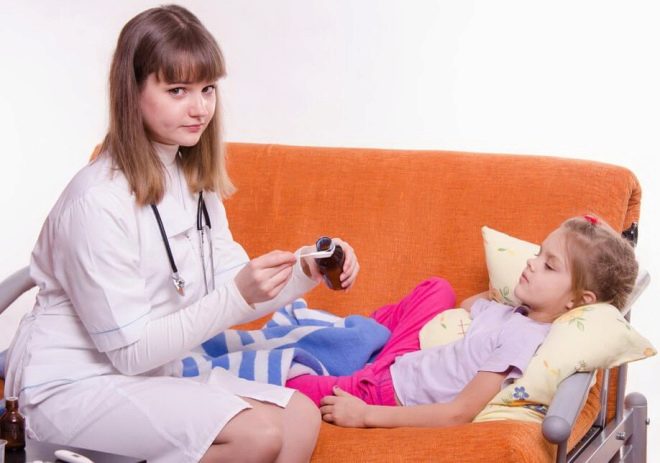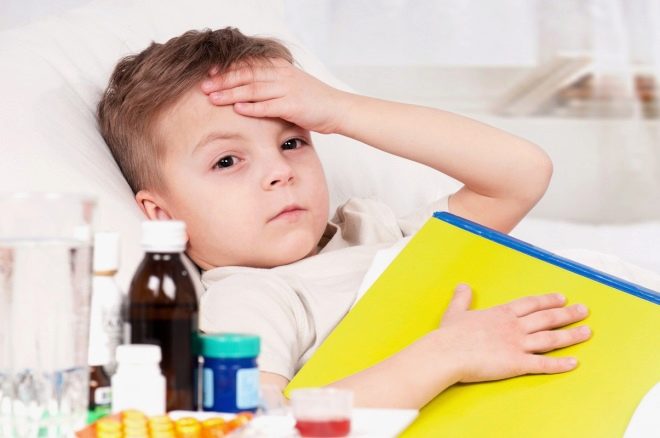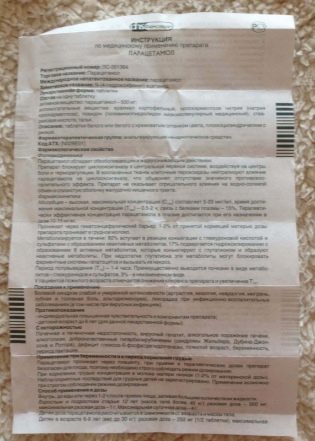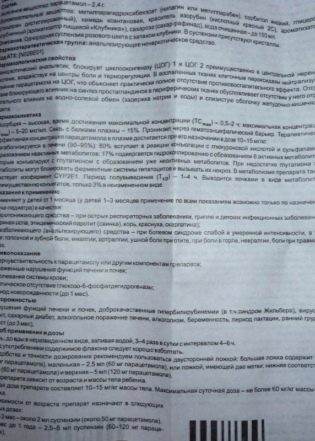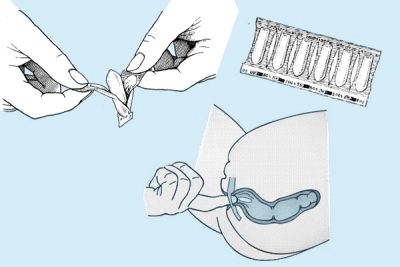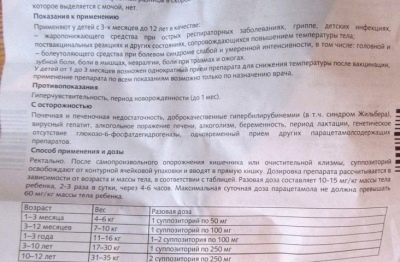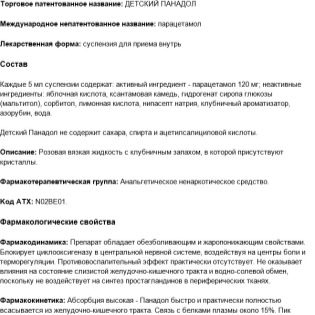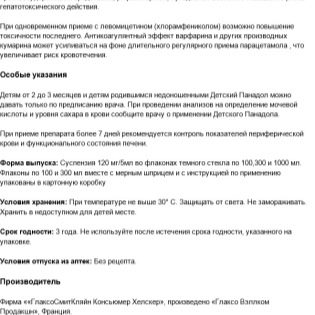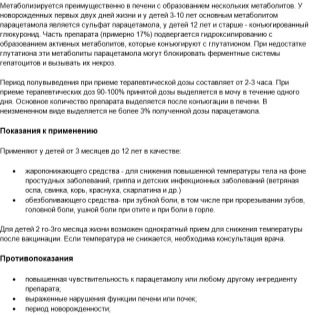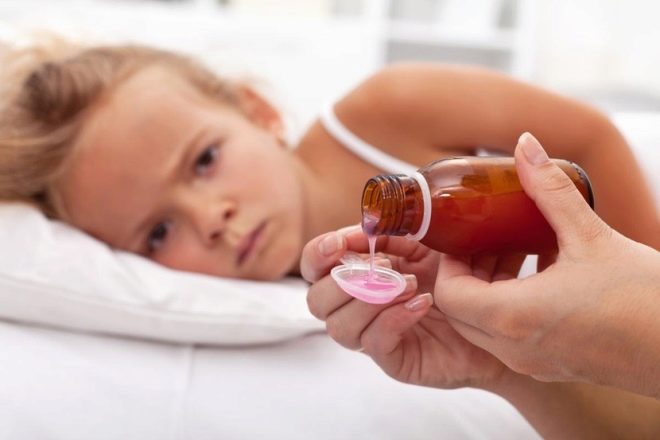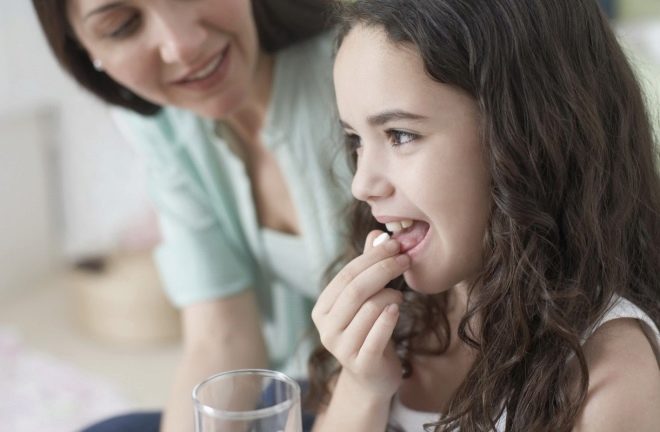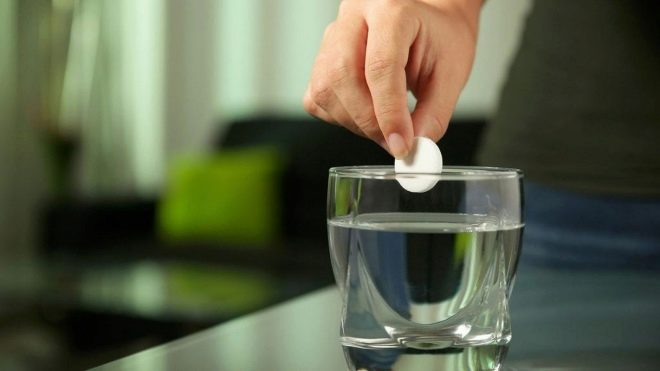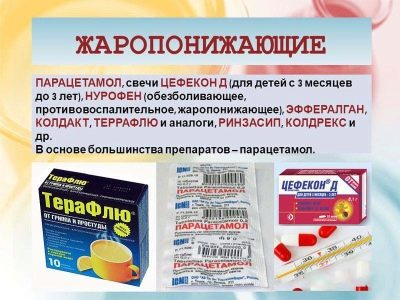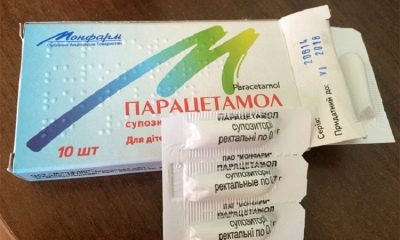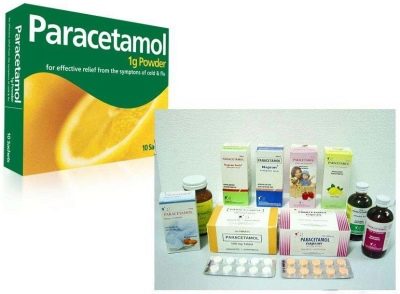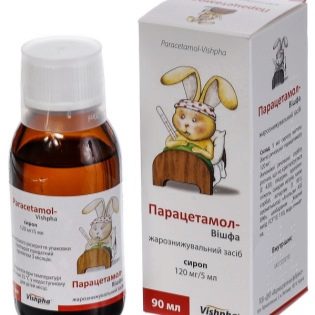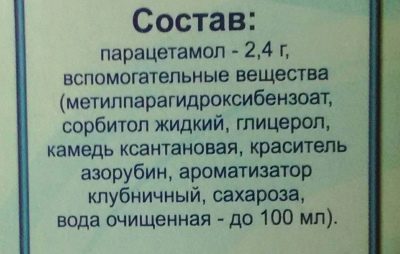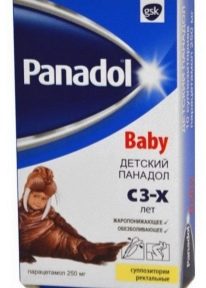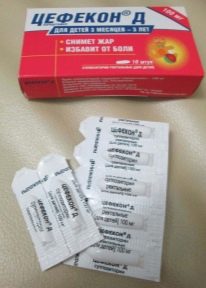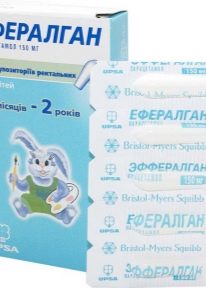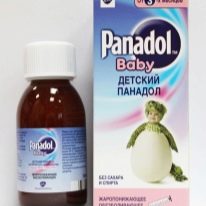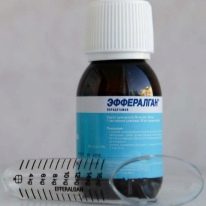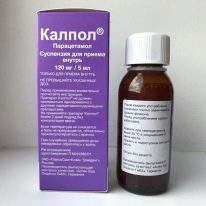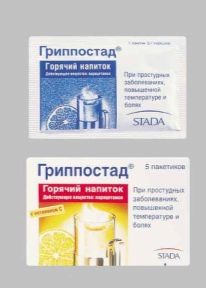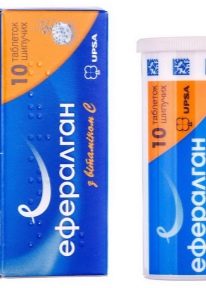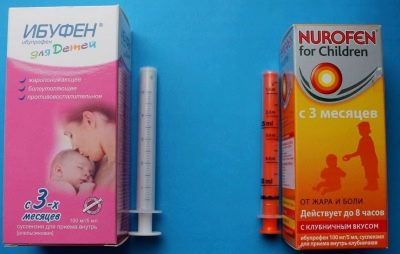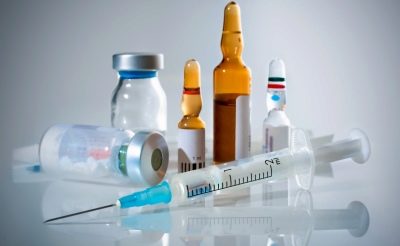Paracetamol for children: instructions for use
Many doctors and parents believe that Paracetamol should be in the first-aid kit in every family with young children. This medicine is used as a symptomatic remedy for pain or heat. And since such symptoms occur in childhood quite often, the presence of Paracetamol at home is indeed justified. In what forms produce this medication, how does it act on the human body, in what dosage is it used in children and what analogs can it be replaced with?
Release form and composition
Paracetamol is produced by many companies, and in the name of some drugs there is a prefix indicating the manufacturer (Paracetamol-Altpharm, Paracetamol-UBF, Paracetamol MS, etc.). The drug is presented in pharmacies in the following forms:
- Suppositories. They are sold in packs of 10 pieces and are available in several dosages - 50, 100, 250 and 500 mg of paracetamol in one candle. An additional ingredient of this form of the drug is only the fat base, due to which the suppository holds the shape (it is torpedo-shaped), has a white or white-cream color, and also easily inserted into the anus and quickly dissolves inside the intestine.
- Suspension. Such a medicine from Sintez and Pharmstandard-Leksredstva companies is most often chosen for the treatment of children, which is why it is called Paracetamol for Children and Paracetamol for Children. The drug is sold in glass vials, to which is attached a spoon or syringe for accurate dosing of the suspension. In one bottle can be 100 grams (16 doses of 5 ml), 150 grams (24 doses) or 200 grams (32 doses) of gray or gray-yellow homogeneous liquid with the smell and taste of strawberry or orange. Paracetamol in this medicine is represented by a dosage of 120 mg / 5 ml and is supplemented with propylene glycol, sucrose, xanthan gum, sorbitol, and other ingredients.
- Pills. Usually they are round and white in color, but can be with a cream or yellowish tinge. Such Paracetamol is packaged in blisters and sold for 10, 20 or more pieces in one box. The content of the active ingredient in one tablet can be 200 mg or 500 mg. Depending on the manufacturer, the auxiliary components of the drug are aerosil, starch, povidone, gelatin and other substances. Abroad also produce tablets and capsules containing 325 mg of paracetamol.
- Effervescent tablets. In this form, Paracetamol is produced by Hemofarm. The drug is sold in plastic tubes, inside of which there are 10-40 round white tablets. Each of them contains paracetamol in a dose of 500 mg, as well as citric acid, silicone emulsion, sodium saccharinate, lactose, lemon flavor, and some other compounds. In addition, the same manufacturer offers Paracetamol-S-Hemofarm. These are also effervescent tablets, but they contain only 330 mg of paracetamol per 1 tablet, supplemented with 200 mg of ascorbic acid.
- Solution for pricks. It is a colorless and transparent liquid, packed in plastic bottles of 100 ml (may have a light yellow or light pink tint). Each milliliter of this drug contains 10 mg of paracetamol, supplemented with sodium hydrogen phosphate, mannitol, sterile water and sodium hydroxide or hydrochloric acid.
Separately produce a drug called "Paracetamol Extra". It is presented in two dosages, one of which is suitable for children (there is an inscription “for children” on the packaging of such a medicine). The composition of this drug in the form of a powder with a cherry, caramel or orange flavor includes not only paracetamol at a dose of 120 mg, but also ascorbic acid in an amount of 10 mg. In one bag is 1.5 g of powder, and in one box - from 5 to 50 bags.
There are also pills "Paracetamol Extratab". They also include a combination of paracetamol (in the amount of 500 mg in each tablet) and ascorbic acid (0.15 g per tablet). This medication has an oblong shape and white-yellow color, sometimes with marbling. The drug is sold on 5-75 tablets in one box.
Operating principle
Paracetamol has the ability to block enzymes, which are called cyclooxygenases. They are found in the tissues of the central nervous system, so any form of medication affects the thermoregulation center and the pain center. At the same time, in peripheral tissues that are inflamed, Paracetamol is unable to act on cyclooxygenase due to the presence of cellular peroxidases.
Because of this, the drug has no significant anti-inflammatory effects, but there is also no negative effect on the exchange of water and salts (the drug does not retain water and sodium), as well as on the digestive tract (the drug does not affect the gastrointestinal mucosa).
Paracetamol is absorbed in any form quickly enough, and its the maximum concentration in the blood is observed in 30-120 minutes after application. The therapeutic effect of rectal suppositories manifests itself after 1.5-2 hours, and the drug in the form of a suspension - after about 15-30 minutes. Metabolic changes of the drug take place in the liver, and the metabolites formed leave the body with urine.
Indications
Most often, Paracetamol is used to reduce body temperature during a fever caused by influenza, any childhood infection (chickenpox, scarlet fever, measles, etc.), vaccination or another condition that provoked a rise in body temperature. The drug is also in demand as pain medicine with moderate or unexpressed pain, for example, with a headache, if a child has an ear pain during otitis, there is a toothache, there is some kind of injury or a sore throat with sore throat.
From what age is prescribed?
All forms of Paracetamol are contraindicated in children in the neonatal period. For babies 1-3 months old, medication in the form of suppositories or suspensions is given only under the supervision of a physician. The use of the drug in infants of this age is justified in the post-vaccination reaction (temperature increase due to vaccination), and the medication is used once.
In other cases, and for a longer reception of the candle, depending on the dosage, is used in children aged from 3 months to 12 years, selecting the appropriate medication for the dose. Suspension is given to children older than three months of age.
The liquid preparation can be used both in schoolchildren and in adolescents, but from the age of 6 it is already permissible to replace the suspension with a tablet form. Effervescent tablets do not give to children under 6 years old. "Paracetamol Extratab" also allowed from the age of six.
Contraindications
Paracetamol should not be used in children with hypersensitivity to any of the components of the chosen form of the drug. The medicine is also not prescribed:
- Children with erosive or ulcerative lesions of the gastrointestinal tract.
- Patients with intestinal or gastric bleeding.
- Children with glucose deficiency 6 phosphate dehydrogenase.
Suspension can not be used in children with fructose intolerance, lack of isomaltase and other hereditary problems with the digestion of carbohydrates. Candles are not used for inflammation of the rectum.
The drug is given with caution if the child has liver disease, blood diseases, renal failure, bronchial asthma, and some other diseases.
Side effects
Treatment with Paracetamol can cause allergies, such as itching, rashes, swelling of the skin, or other negative symptoms. When they appear, further use of the drug should be abandoned.
Occasionally, Paracetamol intake results in impaired blood cell formation, which causes thrombocytopenia or anemia. Such a negative reaction can occur with prolonged treatment. If the sensitivity of the child's body to drugs from the group of NSAIDs is increased, then the use of Paracetamol can lead to the appearance of bronchospasm. In rare cases, treatment may impair liver function or affect the condition of the digestive system.
Instructions for use
The method of use and the form of the drug is selected based on the age of the child, since the dosages in different variants of Paracetamol are different. Children, as well as adults, should be given medication at intervals of at least 4 hours.
The duration of the use of any form of Paracetamol is limited to three days if the drug is prescribed to lower the temperature, and 5 days if an anesthetic effect is needed. If the medicine was given for 3 days with a fever or five days for pain, but the symptoms have not been completely eliminated, The question of further treatment must be addressed with a pediatrician or another doctor who is observing the child.
In candlelight
Having laid the child and spreading the buttocks, gently insert a candle, pushing it with the index finger. If necessary, candles can be cut into pieces and insert only one of these parts or all of them in turn. It is advisable to introduce such a medicine. after a natural bowel movement or make a baby an enemaso that the inserted candle does not provoke emptying.
Suppositories Paracetamol is injected into the rectum 2-4 times a day with an interval of at least four hours between use. The dosage of this form is affected by the body weight of the patient and his age. To calculate a single dose, you need to multiply 10-12 mg per child weight in kilograms. In this case, the maximum dose is 60 mg per kilogram of body weight of the baby.
Usually, children of 6-12 months are prescribed 50-100 mg each, a child of 1-3 years old is given 100-150 mg each, and a child of 3-5 years old is prescribed 150-200 mg. A patient with a dosage of 250 mg is administered to a patient of 5–10 years old, and a child of 10–12 years old can be put in suppositories of 500 mg each. At the age of 12 years Paracetamol in the candle does not apply.
In liquid form
Paracetamol in suspension before each use should be shaken so that all the components of the solution are distributed evenly in it. It is not necessary to dilute the drug with water, but it is desirable to drink it with a sufficient amount of clean water. It is best to take the suspension before meals.
The dosage of this medication is calculated taking into account two parameters - the weight of the child and his age. A one-time rate is 10-15 mg paracetamol per 1 kg of the patient's body weight. The maximum daily dosage, as well as for suppositories, is 60 mg paracetamol per kg of baby weight.
In the annotation to the drug, you can see a plate in which there are approximate doses for children with a certain weight. For example, if a child weighs 11 kg, then in this table opposite the value “8-16 kg” we see “5 ml” - this is the amount of suspension and will be a single dosage for such a baby.
The suspension is collected with a measuring syringe, which, after swallowing the medicine, must be rinsed and left to dry. Instead of a syringe, there may be a plastic double-sided spoon in the box. One side of such a spoon can gain 5 ml, and the other 2.5 ml. After taking the suspension, the spoon should also be washed and dried, and then stored in a box with a bottle.
In pills
Paracetamol in solid form is advised to take 1-2 hours after a meal, drinking water. A dose of tablets is selected according to age, for example, if a child is 7 years old, one 200 mg tablet is enough for him, and at 13 years of age he needs at least 500 mg. The maximum number of pills is also determined taking into account age: A child of 6–9 years old is not given more than 1.5 g, a patient of 9–12 years old is more than 2 g, and a teenager over 12 years old does not have more than 4 g of the active ingredient.
Effervescent pill is thrown into a glass of water and, when it is completely dissolved, give a solution to the child. The frequency of use of such Paracetamol is from 1 to 3 times a day. At the age of 6-9 years, only half of the pill is taken at a time, but if necessary, you can use the whole. The maximum dose per day for patients 6-9 years is 3 effervescent tablets, for children 9-12 years old - 6 tablets, for teenagers - 12 tablets.
The drug "Paracetamol Extratab" is used half a tablet 3-4 times a day, if the patient is 6-12 years old. A child over twelve years old, if his weight is more than 50 kg, a whole pill can be given at one time.
Overdose
The first symptoms that appear as a result of taking an excess dose of Paracetamol usually occur. from the gastrointestinal tract. This is diarrhea, abdominal cramps, vomiting, loss of appetite and other signs of poisoning. After 12 or more hours after an overdose, a liver damage may develop, so you should definitely show the child to the doctor, even if he feels fine. In some cases, a significant overdose of medication leads to encephalopathy.
Combination with other drugs
You can not give the child at the same time Paracetamol and any other antipyretic drugs that contain paracetamol in their composition, so as not to provoke an overdose. Combined use with anti-drugs with another active ingredient (for example, drugs containing ibuprofen or acetylsalicylic acid) is also not recommended and permissible only after prescribing a doctor.
In addition, there are quite a lot of drugs from other groups that are not prescribed with Paracetamol. The entire list of such medications can be seen in the annotation to the drug.
Terms of sale
All types of Paracetamol are classified as over-the-counter medicines, therefore candles, pills and suspensions can be easily purchased at most pharmacies. The price depends on the selected form, and the dosage, and from the manufacturer. For example, for 10 tablets of 200 mg you need to pay 3 rubles, 200 g of suspension Paracetamol for children costs 110-120 rubles, and 10 rectal suppositories of 100 mg cost about 30 rubles.
Storage features
Paracetamol in candles is best kept in the refrigerator, because the temperature, which is not recommended to exceed during storage of this dosage form, is 15 degrees Celsius. All other types of Paracetamol do not require low temperatures for long-term storage and can withstand temperatures up to +25 degrees.
The shelf life of most drug options, including effervescent tablets, “Extratab” and “Extra”, is 2 years. In this case, the tablet form can be stored for a little longer - 3-5 years, and the suspension - 3 years. After opening the vial, the shelf life of the suspension is not reduced and the medicine should not be kept in the refrigerator.
Reviews
In most cases, the use of Paracetamol in childhood parents leave positive feedback on all forms of such drugs. Its main advantage over other antipyretic drugs is called safety for children. Wherein Paracetamol's effectiveness, according to parents, very high. After its application, the temperature drops quite quickly, and the pain diminishes or disappears.
Paracetamol in suppositories is praised for a large selection of dosages (can be used at different ages) and the possibility of use in children with a pronounced gag reflex. Suspension is considered the most convenient of all dosage forms, noting the ease of dosing, pleasant taste and affordable price.
Among the disadvantages of Paracetamol is usually mentioned the long-term onset of the antipyretic effect of suppositories and the short action of any form of the drug (according to moms, the effect of the use in most cases lasts less than 4 hours).Because of these drawbacks, some parents prefer ibuprofen drugs or alternate paracetamol and Ibuprofen.
In addition, negatively respond to the composition of liquid Paracetamol, because in syrup and suspension chemical additives are present, which moms call harmful (flavoring, etc.). To reduce their negative impact, which is very important when the child is prone to allergies or in infancy, usually prefer candles.
Tolerability of Paracetamol, judging by the numerous reviews, mostly good. Side effects appear less frequently and are usually associated with intolerance to the main or auxiliary substances.
Analogs
Instead of Paracetamol, any other drugs with the same active ingredient can be used. If you need to replace the candles, then use one of these analogues, as Children's Panadol, Cefecone D or Efferalgan. The dosage of these suppositories is different, so you can easily choose a medicine for the baby (you can use Cefecon D), and for an older patient.
To replace Paracetamol in suspension is suitable. Children's Panadol, Efferalggan or Calpol. Such drugs also have a liquid form and a sweet taste. Any of these drugs, like Paracetamol for children, can be given to children older than 3 months.
If the child is more than 6 years old and you need to pick up an analogue of Paracetamol in tablets, then Panadol or Efferalgan can be such a medicine. Instead of Paracetamol Extra and Extratab, you can use an analogue with the same combination of active ingredients, for example, Efferalgan with Vitamin C (it is available in effervescent tablets) or Grippostad powder (it is prescribed from the age of 15).
If there are reasons to refuse any paracetamol preparations, for example, if you are allergic to it, doctors most often prescribe medicines that contain ibuprofen. Their pediatricians, among whom Komarovsky, also include to safe childhood medicines.
Such medications not less effectively bring down the temperature and eliminate pain, and also have a longer therapeutic effect. For children, Nurofen and Ibuprofen are most often chosen. Both drugs are produced in candles and suspensions, allowed from three months of age.
In some cases, if the temperature does not decrease or is dangerous for the child, other medicines are used besides Paracetamol or Nurofen. Often, in such a situation, ambulance is called in and the child is introduced lytic mixture which quickly eliminates fever. The composition of this mixture usually includes Analgin and Suprastin. Such drugs are often complements No-shpaif the baby’s skin is cold to the touch and pale (the drug relieves vascular spasm).
For information on the temperature at which paracetamol should be given to children, see the following video.
